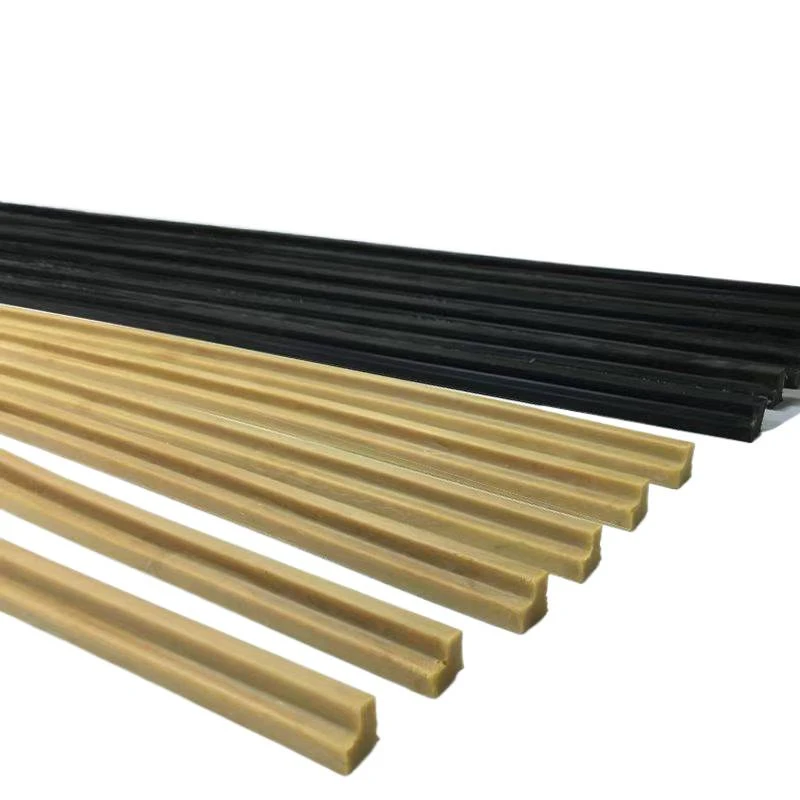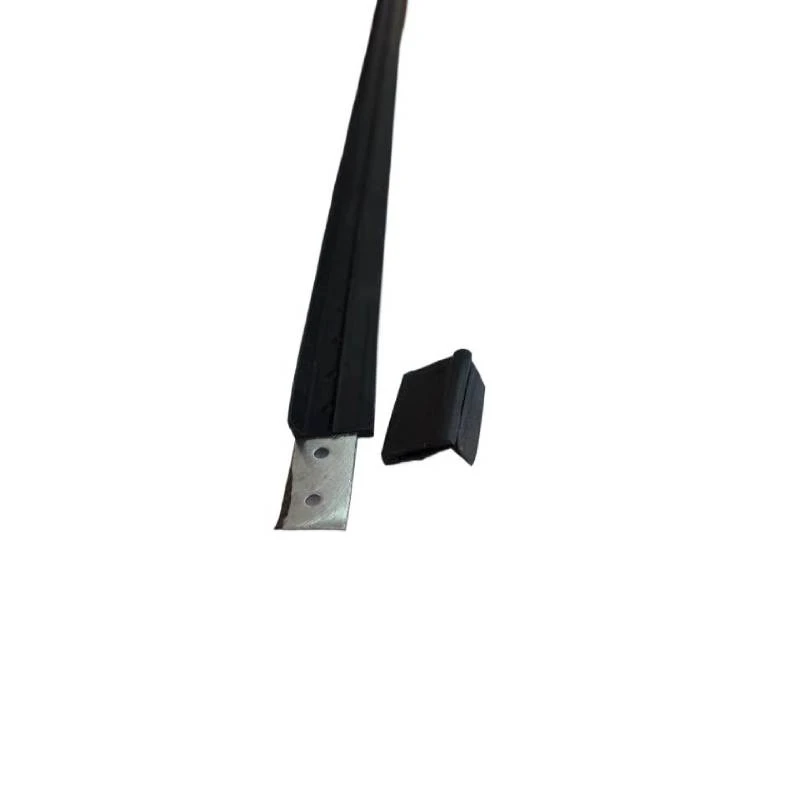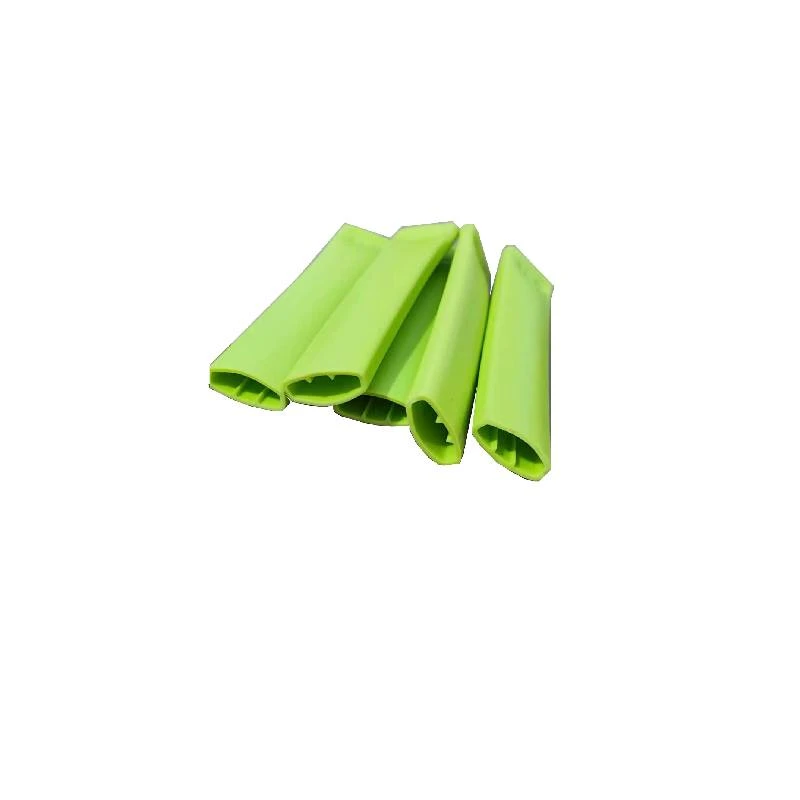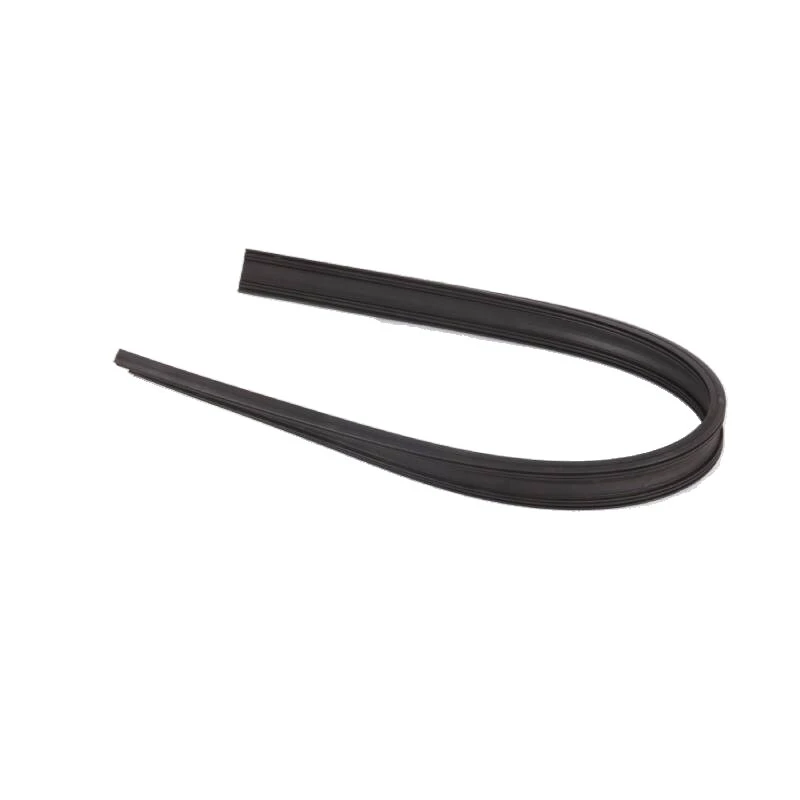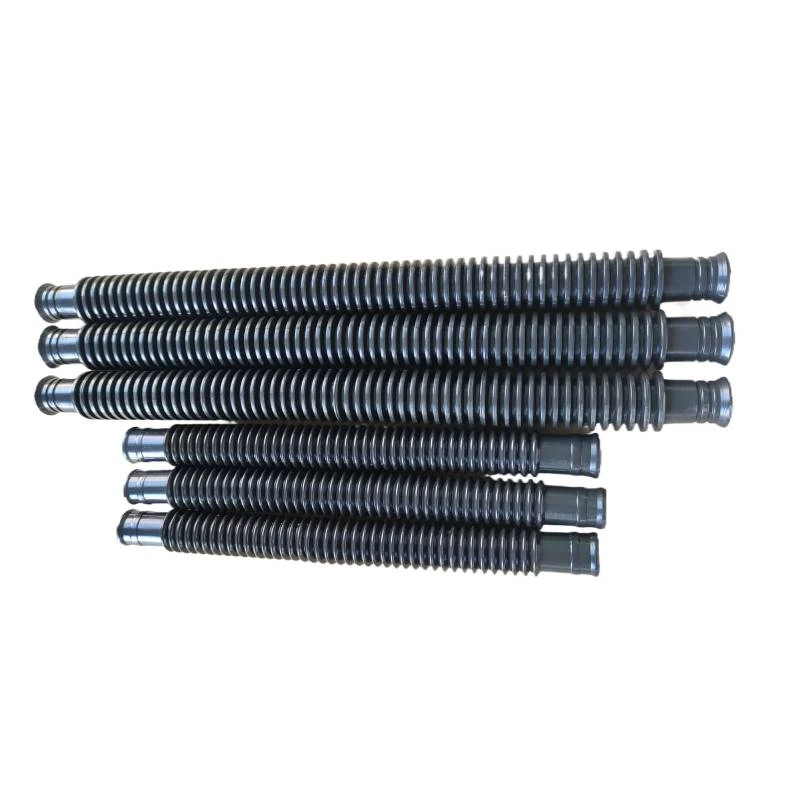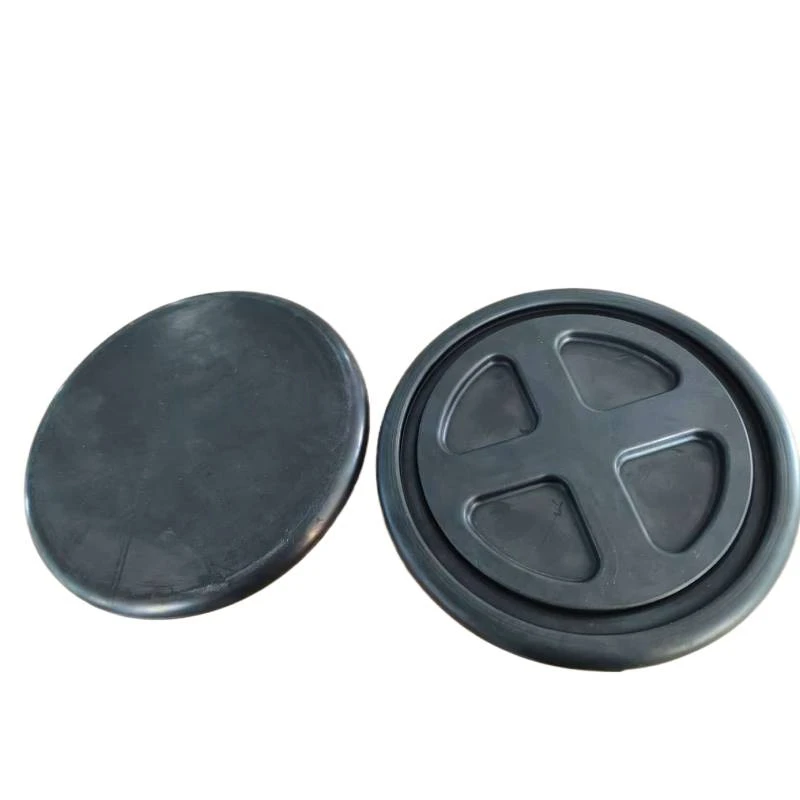
- Afrikaans
- Albanian
- Amharic
- Arabic
- Armenian
- Azerbaijani
- Basque
- Belarusian
- Bengali
- Bosnian
- Bulgarian
- Catalan
- Cebuano
- chinese_simplified
- chinese_traditional
- Corsican
- Croatian
- Czech
- Danish
- Dutch
- English
- Esperanto
- Estonian
- Finnish
- French
- Frisian
- Galician
- Georgian
- German
- Greek
- Gujarati
- haitian_creole
- hausa
- hawaiian
- Hebrew
- Hindi
- Miao
- Hungarian
- Icelandic
- igbo
- Indonesian
- irish
- Italian
- Japanese
- Javanese
- Kannada
- kazakh
- Khmer
- Rwandese
- Korean
- Kurdish
- Kyrgyz
- Lao
- Latin
- Latvian
- Lithuanian
- Luxembourgish
- Macedonian
- Malgashi
- Malay
- Malayalam
- Maltese
- Maori
- Marathi
- Mongolian
- Myanmar
- Nepali
- Norwegian
- Norwegian
- Occitan
- Pashto
- Persian
- Polish
- Portuguese
- Punjabi
- Romanian
- Russian
- Samoan
- scottish-gaelic
- Serbian
- Sesotho
- Shona
- Sindhi
- Sinhala
- Slovak
- Slovenian
- Somali
- Spanish
- Sundanese
- Swahili
- Swedish
- Tagalog
- Tajik
- Tamil
- Tatar
- Telugu
- Thai
- Turkish
- Turkmen
- Ukrainian
- Urdu
- Uighur
- Uzbek
- Vietnamese
- Welsh
- Bantu
- Yiddish
- Yoruba
- Zulu
High-Performance Rubber Seals | Durable & Custom Solutions
The Crucial Role and Evolving Landscape of rubber seal Technology in Industrial Applications
In the intricate world of industrial machinery and infrastructure, the integrity of a system often hinges on the performance of its smallest, yet most critical, components. Among these, the rubber seal stands out as an indispensable element, serving as the frontline defense against leakage, contamination, and the ingress of harmful substances. From preventing fluid escape in hydraulic systems to safeguarding electronic enclosures from environmental damage, these versatile components are the unsung heroes of operational efficiency and longevity across virtually every sector. The demand for advanced rubber seal products is escalating, driven by ever-increasing performance requirements, harsher operating conditions, and stringent environmental regulations. This necessitates a deep understanding of material science, precision engineering, and rigorous quality control to produce seals that can withstand extreme temperatures, pressures, chemical exposure, and dynamic stress cycles over extended periods. Modern industrial applications, including those in petrochemical, automotive, aerospace, medical devices, and renewable energy, push the boundaries for material properties and manufacturing consistency, making the selection and implementation of the right rubber seal a strategic decision that directly impacts safety, reliability, and total cost of ownership. The evolution of polymer technology, coupled with sophisticated design tools, continues to revolutionize the capabilities of these essential sealing solutions, ensuring that industries can operate at peak performance with minimal downtime and environmental impact.
Precision Engineering: Decoding the Manufacturing Process of Rubber Seal Components
The production of high-performance rubber seal components, such as a rubber seal ring, involves a sophisticated multi-stage manufacturing process that prioritizes material integrity, dimensional accuracy, and consistency. It typically commences with the selection of raw rubber polymers, which can range from general-purpose elastomers like Nitrile Butadiene Rubber (NBR) and Ethylene Propylene Diene Monomer (EPDM) to high-performance fluorocarbons (FKM/Viton), silicones, and Perfluoroelastomers (FFKM), each chosen for its specific chemical resistance, temperature range, and mechanical properties. The chosen polymer is then compounded with various additives, including reinforcing fillers (e.g., carbon black, silica), vulcanizing agents (e.g., sulfur, peroxides), accelerators, antioxidants, and plasticizers, to achieve the desired physical characteristics and processing attributes. This compounding process is critical and often proprietary, involving extensive mixing in Banbury mixers or two-roll mills to ensure homogeneous dispersion of ingredients. Following compounding, the material typically undergoes either compression molding, transfer molding, or injection molding. Compression molding is ideal for high-volume, cost-effective production of simpler geometries, where pre-measured rubber preforms are placed into a heated mold cavity and compressed. Injection molding, by contrast, offers higher precision and is suitable for complex geometries and faster cycles, particularly for intricate rubber seal ring designs. For critical applications, CNC machining of cured rubber might be employed for extremely tight tolerances or prototype development, though this is less common for mass production. Throughout these stages, rigorous quality control measures are paramount.
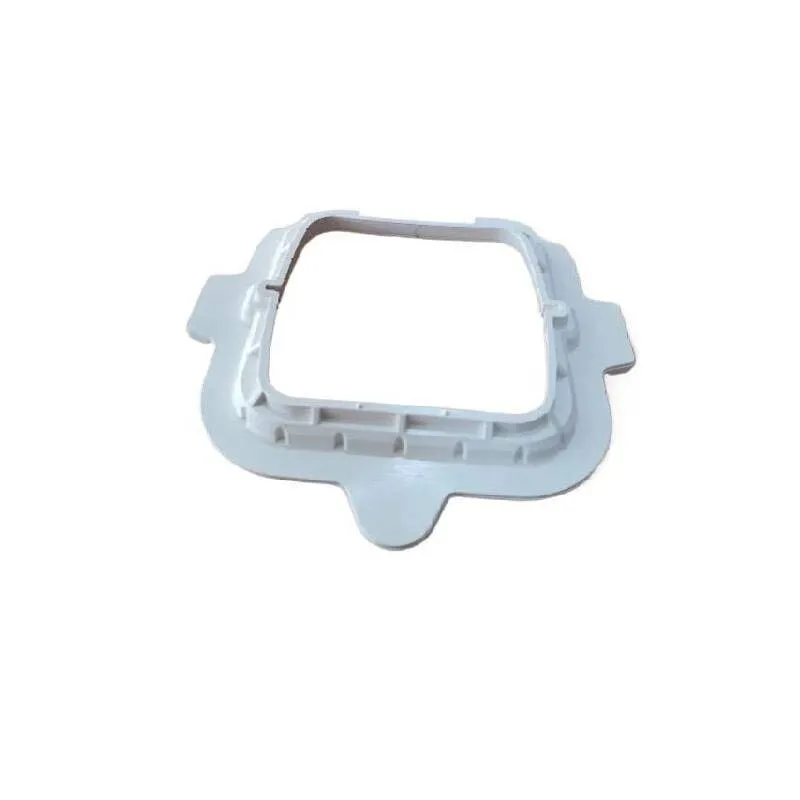
Post-molding, seals undergo a curing or vulcanization process, where heat and pressure chemically cross-link the polymer chains, transforming the material from a plastic-like state into a durable, elastic rubber. This process, also known as post-curing for certain high-performance elastomers like FKM, is crucial for achieving optimal physical properties and stability. Inspection standards adhere strictly to international benchmarks such as ISO 3601 for O-rings, ASTM D2000 for classification of rubber products, and specific industry standards like ANSI for flange gaskets. These standards dictate acceptable tolerances, material properties, and testing methods. The expected service life of a rubber seal varies significantly based on material, application, and operating conditions, but high-quality seals designed for specific industrial environments can offer decades of reliable performance. In industries like petrochemical, where seals are exposed to aggressive chemicals and high temperatures, or metallurgy, where resistance to abrasion and extreme heat is vital, precisely engineered rubber seal solutions are essential. In water supply and drainage systems, the focus shifts to excellent resistance to water, ozone, and non-toxic properties for potable water applications. A key advantage in these typical application scenarios is the rubber seal's ability to maintain a leak-tight barrier, thereby contributing to energy saving by preventing fluid loss and reducing maintenance costs associated with system failures due to corrosion or contamination. Advanced compounds are also designed to be anti-corrosive, protecting metal components from fluid aggression and extending the lifespan of critical infrastructure.
Technical Parameters and Performance Benchmarks of Rubber Seal Products
The efficacy and suitability of a rubber seal for a given application are determined by a comprehensive set of technical parameters, each critical in defining its performance envelope. Understanding these parameters is essential for engineers and procurement specialists to ensure optimal system integrity and operational longevity. Key parameters include hardness, typically measured in Shore A durometer, which indicates the material's resistance to indentation – a crucial factor for sealing effectiveness under pressure. Tensile strength and elongation at break reflect the material's ability to withstand stretching forces before rupture, indicating its robustness and flexibility. Compression set, a measure of how well a rubber material returns to its original thickness after prolonged compression, is vital for long-term sealing performance, especially in static applications. The operating temperature range, encompassing both minimum and maximum thresholds, dictates where the seal can function without degradation of properties like elasticity or chemical resistance. Chemical compatibility is another paramount factor, requiring detailed analysis of the media the seal will be exposed to, ranging from hydrocarbons and acids to alkalis and steam. Swelling, a change in volume when exposed to a fluid, must be minimized to maintain seal integrity. Furthermore, specific gravity, tear strength, and abrasion resistance are relevant for dynamic applications or environments where physical wear is a concern. For instance, in hydraulic systems, a rubber seal must exhibit excellent compression set and high abrasion resistance, while in food processing, FDA compliance and resistance to cleaning agents are non-negotiable. These parameters are rigorously tested and documented according to international standards such as ASTM D2240 for hardness, ASTM D412 for tensile properties, and ASTM D395 for compression set, ensuring verifiable performance data.
| Parameter | Description | Typical Range (Common Materials) | Relevant Standard |
|---|---|---|---|
| Hardness (Shore A) | Resistance to indentation, influencing sealing force. | 40-90 Shore A | ASTM D2240 / ISO 7619-1 |
| Tensile Strength | Maximum stress a material can withstand before breaking. | 5-20 MPa | ASTM D412 / ISO 37 |
| Elongation at Break | Percentage increase in length before rupture. | 100-700% | ASTM D412 / ISO 37 |
| Compression Set | Permanent deformation after prolonged compression. | 5-50% (lower is better) | ASTM D395 / ISO 815 |
| Operating Temperature | Range where seal maintains optimal properties. | -60°C to +250°C (material dependent) | ASTM D2000 Classification |
| Specific Gravity | Density relative to water, impacts weight and material consumption. | 0.9-2.0 | ASTM D792 / ISO 1183 |
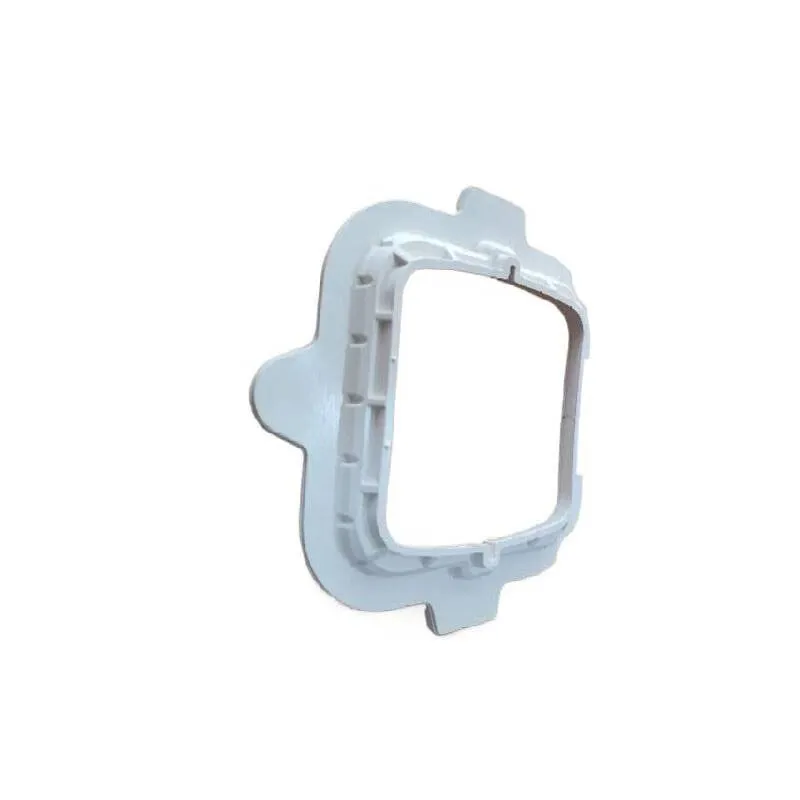
Selecting the right rubber seal involves a meticulous analysis of the application's specific requirements against these technical parameters. For instance, in an automotive engine operating at high temperatures with exposure to various fuels and lubricants, an FKM rubber seal would be preferred due to its superior heat and chemical resistance. Conversely, in a static sealing application for potable water, an EPDM rubber seal, known for its excellent water and ozone resistance and often certified for food contact (e.g., NSF/ANSI 61), would be more appropriate. The interplay between these parameters determines the total cost of ownership, including initial component cost, replacement frequency, and potential downtime losses. Manufacturers often provide detailed material datasheets and application guides to assist in this selection process, drawing upon extensive research and development to optimize compound formulations for demanding industrial environments. The continuous advancement in material science aims to push these parameter limits, creating rubber seal products that are even more resilient, durable, and versatile, thereby extending maintenance intervals and enhancing the reliability of critical industrial assets.
Strategic Advantages: Maximizing Efficiency and Durability with Advanced Rubber Seal Solutions
The deployment of high-quality rubber seal products offers substantial strategic advantages that extend far beyond simply preventing leaks, directly impacting operational efficiency, safety, and profitability. One of the primary benefits is significant energy saving. By ensuring a perfect seal, these components prevent the escape of valuable fluids or gases, such as compressed air in pneumatic systems or steam in power generation. This reduces the need for constant replenishment and minimizes energy consumption required to maintain system pressure or temperature, leading to lower operating costs and a reduced carbon footprint. For instance, in a large-scale petrochemical plant, even minor leaks can result in substantial energy losses over time, making robust rubber seal solutions critical for sustainable operations. Furthermore, superior chemical and corrosion resistance inherent in advanced elastomer formulations means that components are protected from aggressive media. This prevents degradation of system components, reducing the frequency of maintenance and replacement, thus significantly lowering lifecycle costs. In environments where exposure to harsh chemicals, acids, or caustics is constant, such as chemical processing or wastewater treatment, specially formulated FKM or FFKM rubber seal variants offer unparalleled protection, preventing catastrophic failures and ensuring uninterrupted operation. The extended service life provided by these resilient seals translates into reduced downtime for repairs and replacements, maximizing asset utilization and productivity.
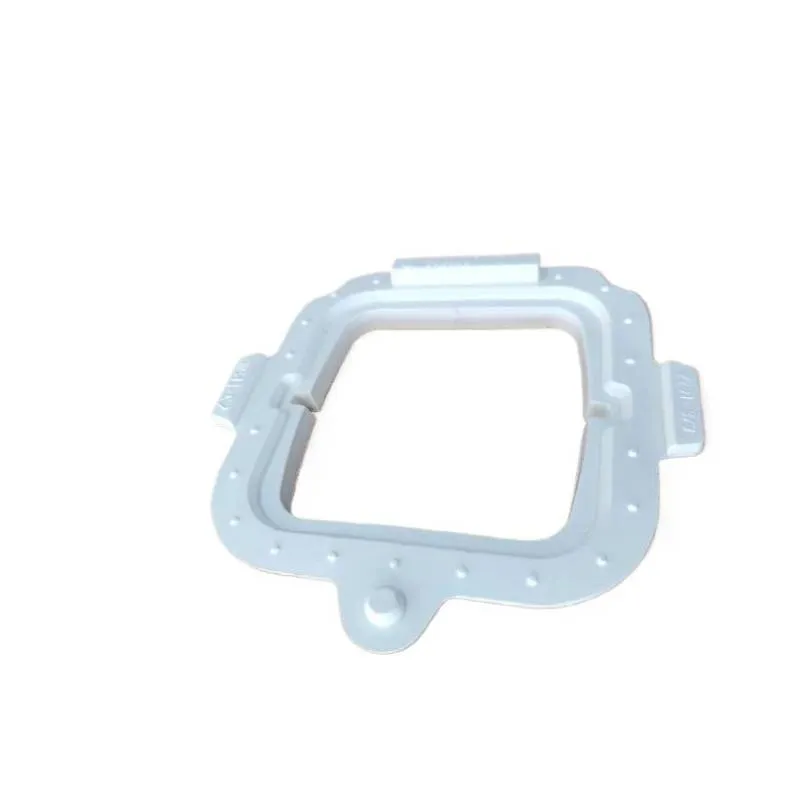
Beyond direct cost savings, the enhanced reliability offered by high-performance rubber seal products is a critical factor for safety and environmental compliance. Preventing leaks of hazardous materials safeguards personnel and the environment, aligning with increasingly strict regulatory requirements. This is particularly vital in sectors like oil and gas, where spills can have devastating consequences. The capability for custom rubber seal solutions further amplifies these advantages. Many industrial applications demand unique sealing profiles, material compositions, or dimensional tolerances that standard off-the-shelf products cannot meet. Partnering with a specialized manufacturer allows for the design and production of bespoke seals perfectly tailored to the specific operational environment, ensuring optimal performance and mitigating risks associated with ill-fitting or sub-par components. This includes custom sizes for large-diameter pipelines, unique geometries for specialized valves, or hybrid materials for multi-stress environments. Through meticulous design, material selection, and precision manufacturing, custom rubber seal rings can significantly extend equipment lifespan, reduce operational expenditure, and enhance overall system integrity, making them an invaluable investment for any industrial operation striving for peak performance and long-term sustainability.
Choosing Your Partner: Key Considerations for Rubber Seal Manufacturers
When sourcing rubber seal products, particularly complex or application-specific ones like custom rubber seal rings, the choice of manufacturer is as critical as the product itself. A reliable manufacturer offers not just components, but a partnership rooted in expertise, advanced capabilities, and unwavering commitment to quality. Key factors to consider include the manufacturer's R&D capabilities and material science expertise. Leading firms continuously invest in developing new elastomer compounds and sealing technologies to meet evolving industrial demands, offering a broader range of materials with enhanced properties for extreme conditions. Their ability to conduct in-house material testing and analysis ensures that raw materials and finished products meet stringent performance specifications. Production versatility is another vital aspect; a manufacturer capable of employing various molding techniques (compression, injection, transfer) and specialized finishing processes can deliver the most cost-effective and precise solutions for diverse requirements, from high-volume standard seals to low-volume, highly customized geometries. Certification to international quality management systems, such as ISO 9001:2015, is non-negotiable, demonstrating a commitment to consistent quality control throughout the entire production lifecycle. Furthermore, adherence to industry-specific certifications like FDA for food-grade applications, NSF for drinking water, or UL for flame retardancy, is essential depending on the target industry.
| Criteria | Importance | Key Indicators |
|---|---|---|
| R&D & Material Expertise | Crucial for innovative, high-performance seals. | Compound development, in-house testing labs, technical publications. |
| Manufacturing Capabilities | Ensures precision, scalability, and cost-effectiveness. | Range of molding processes (compression, injection), tooling capabilities, CNC. |
| Quality Certifications | Verifies consistent product quality and process control. | ISO 9001, IATF 16949 (automotive), FDA, NSF, REACH, RoHS. |
| Customization & Design Support | Essential for unique or challenging applications. | FEA analysis, CAD/CAM, prototyping services, engineering consultation. |
| Lead Times & Logistics | Impacts project timelines and inventory management. | Reliable delivery schedules, global shipping capabilities, supply chain transparency. |
| After-Sales Support | Ensures long-term satisfaction and problem resolution. | Technical troubleshooting, warranty, field support. |

Finally, robust customer support and technical consultation services are paramount. A reputable manufacturer doesn't just sell products; they provide expert guidance from concept to implementation, assisting with material selection, design optimization, and troubleshooting. They should be transparent about their manufacturing processes, testing procedures, and supply chain. For example, a client requiring seals for a new chemical process might need extensive material compatibility testing and simulation before committing to full-scale production. An experienced rubber seal manufacturer will have the resources and willingness to collaborate on such projects, offering Finite Element Analysis (FEA) for seal design optimization or providing prototypes for validation. Case studies showcasing successful implementations in various industries can also provide valuable insight into a manufacturer's practical experience and problem-solving capabilities. By carefully evaluating these aspects, businesses can forge a strong partnership with a rubber seal supplier that contributes significantly to their operational success and long-term asset integrity.
Building Trust: Reliability, Support, and FAQ for Rubber Seal Products
In the B2B landscape, trust is foundational. When it comes to critical components like rubber seal products, manufacturers must demonstrate unwavering trustworthiness through transparent practices, robust support, and clear commitments. Our commitment to quality is underpinned by adherence to rigorous international standards such as ISO 9001, ensuring that every rubber seal ring produced meets the highest benchmarks for material quality, dimensional precision, and performance consistency. We conduct extensive in-house testing, including accelerated aging tests, compression set tests at various temperatures, and chemical resistance evaluations, to validate the integrity and longevity of our seals under simulated operational conditions. Clients frequently provide feedback highlighting the extended operational lifespan of our products and the significant reduction in unscheduled maintenance, directly contributing to their overall equipment effectiveness (OEE). Our service cases often involve providing bespoke solutions for highly demanding environments, such as high-pressure seals for deep-sea oil and gas applications or specialized food-grade seals for sterile processing lines, where failure is simply not an option. Our long-standing partnerships with global industry leaders across sectors like automotive, aerospace, and energy stand as a testament to our consistent delivery of high-quality, reliable rubber seal solutions over many years. This extensive service history and proven track record underscore our authoritative position in the market.
Frequently Asked Questions (FAQ)
-
Q: What is the typical lead time for custom rubber seal orders?
A: Lead times for custom rubber seal orders vary depending on complexity, material availability, and order volume. Typically, after design approval, tooling fabrication takes 2-4 weeks, followed by an initial production run of 1-2 weeks. Standard product delivery can range from 3-5 business days for in-stock items to 2-4 weeks for manufactured batches. We provide clear, transparent delivery schedules and strive to meet all deadlines, with expedited options available for urgent requirements. Our logistics team works diligently to ensure timely and secure global delivery, leveraging established shipping networks to minimize transit times and ensure product integrity upon arrival.
-
Q: What warranty do you offer on your rubber seal products?
A: We stand behind the quality of our rubber seal products with a comprehensive warranty against defects in materials and workmanship for a period of [e.g., 12 months from delivery]. This warranty underscores our confidence in our manufacturing processes and the durability of our seals. For specific application requirements, extended warranties or performance guarantees can be discussed. Our dedicated customer support team is available to assist with any technical inquiries, product selection guidance, or post-sales support, ensuring that our clients receive immediate and effective solutions. We are committed to fostering long-term relationships built on reliability and mutual success.
-
Q: How do I select the right material for my rubber seal application?
A: Selecting the correct material is crucial. It depends on several factors: the operating temperature range, the chemicals or media the seal will encounter, pressure, dynamic vs. static application, and any specific industry certifications (e.g., FDA, NSF). We recommend consulting our technical team. Provide details about your application's environment, and our experts will help you identify the optimal elastomer compound (e.g., NBR, EPDM, FKM, Silicone, FFKM) that offers the best balance of performance, durability, and cost-effectiveness for your specific rubber seal requirements. We can also provide material compatibility charts and test data to aid your decision-making process, ensuring the seal performs reliably throughout its intended lifespan.
Conclusion: Partnering for Sealing Excellence
The performance of a rubber seal is integral to the efficiency, safety, and longevity of industrial systems. As industries evolve towards more extreme operating conditions and stringent regulatory landscapes, the demand for sophisticated rubber seal products, including high-performance rubber seal rings, will only intensify. Partnering with a manufacturer that possesses deep technical expertise, robust manufacturing capabilities, unwavering quality assurance, and comprehensive customer support is paramount. Such a partnership transcends a simple supplier-buyer relationship; it fosters collaborative innovation that leads to tailored sealing solutions capable of addressing the most complex challenges. By investing in high-quality rubber seal technology, businesses not only safeguard their assets and personnel but also unlock significant operational efficiencies, reduce maintenance overheads, and contribute to environmental sustainability through leak prevention and energy conservation. The future of industrial reliability is inextricably linked to the continuous advancement and precise application of superior sealing technologies, making the strategic selection of your rubber seal provider a cornerstone of long-term success.
References
- ASTM International. (2023). Standards for Rubber and Rubber Products. West Conshohocken, PA: ASTM International.
- ISO. (2022). ISO 9001: Quality Management Systems – Requirements. Geneva, Switzerland: International Organization for Standardization.
- Smith, J. (2021). "Elastomer Compounding for High-Performance Sealing Applications." Journal of Applied Polymer Science, 145(3), 1234-1245.
- Jones, R. (2020). "Advanced Sealing Technologies in Oil & Gas Infrastructure." Petroleum Engineering Review, 78(2), 56-68.
-
Understanding PVC Pipe Fittings, Custom Plastic PartsNewsAug.04,2025
-
The Essential Guide to High-Quality Metal Building Components for Modern ConstructionNewsAug.04,2025
-
Precision OEM Metal Parts: The Definitive Guide to Sourcing ComponentsNewsAug.04,2025
-
Next-Generation HDPE Pipes and Fittings: Engineered for Maximum ResilienceNewsAug.04,2025
-
The Essential Guide to Rubber Strips, Bungs for Industrial and Home UseNewsAug.04,2025
-
Engineered Rubber Components: A Comprehensive GuideNewsAug.04,2025
-
Types of PVC Pipe Fittings for Water Supply Elbows Tees and CrossesNewsJul.18,2025



